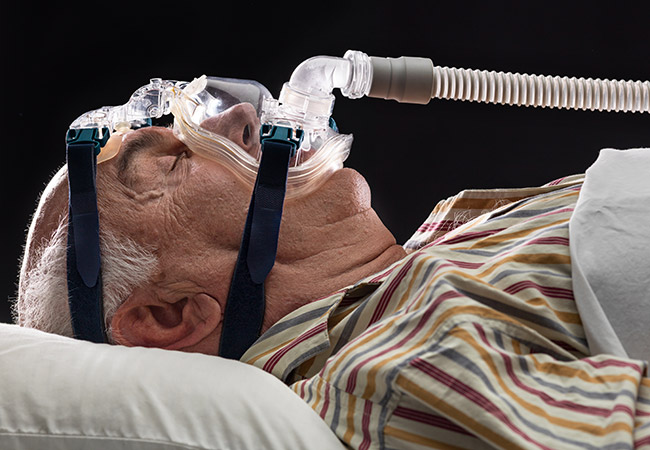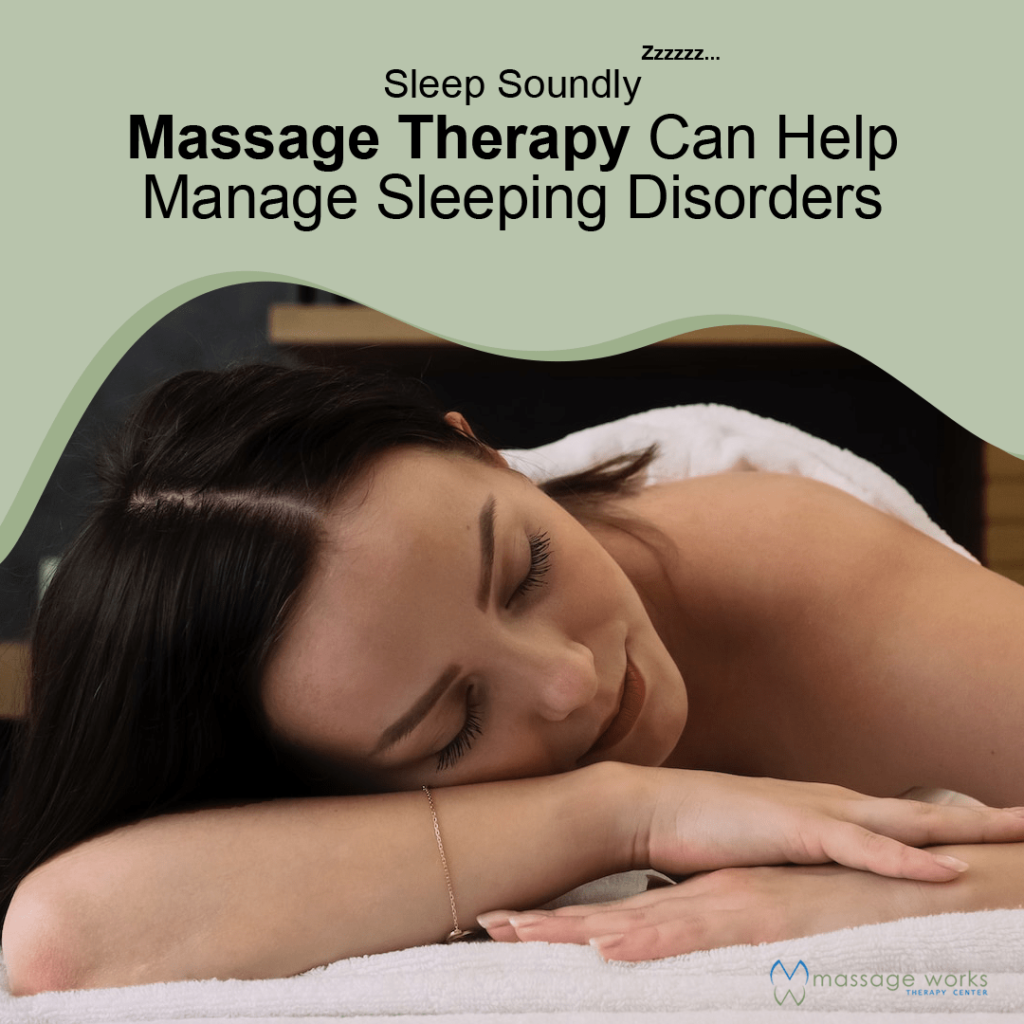Cognitive Behavioral Therapy for Insomnia (CBT-I) - Proven Approaches
Cognitive Behavioral Therapy for Insomnia (CBT-I) - Proven Approaches
Blog Article
Effective Treatment Solutions for Taking Care Of Rest Disorders and Enhancing Peaceful Sleep
In the realm of health care, the management of rest conditions and the pursuit for peaceful rest are essential components of total health. Efficient therapy options provide a complex strategy to deal with these challenges, varying from cognitive behavior interventions to alternative practices that advertise leisure and mindfulness. The exploration of different approaches, consisting of the combination of drug and light treatment, opens up a world of possibilities in the quest of much better sleep high quality. As we browse the complex landscape of sleep conditions and look for to enhance our rest experience, a deeper understanding of these treatment solutions might hold the key to opening an extra refreshing and meeting corrective trip.
Cognitive Behavior Treatment for Sleeplessness (CBT-I)
Cognitive Behavior Treatment for Sleeping Disorders (CBT-I) is an organized, evidence-based therapy strategy that concentrates on resolving the underlying variables adding to rest disruptions. This kind of therapy aims to modify behaviors and thoughts that worsen insomnia, ultimately promoting healthy rest patterns. CBT-I commonly involves numerous crucial elements, consisting of cognitive therapy, sleep limitation, stimulation control, and rest hygiene education.
Cognitive treatment helps individuals identify and alter unfavorable thought patterns and ideas about rest that may be impeding their ability to fall or remain asleep. Rest restriction includes limiting the quantity of time spent in bed to match the person's actual sleep duration, therefore enhancing rest effectiveness (sleep deprivation help). Stimulus control strategies aid develop a strong organization in between the bed and rest by motivating people to visit bed only when sleepy and to prevent engaging in boosting tasks in bed
Furthermore, sleep hygiene education concentrates on creating healthy rest habits, such as keeping a consistent rest timetable, developing a relaxing bedtime routine, and optimizing the rest environment. By resolving these factors thoroughly, CBT-I offers a reliable non-pharmacological intervention for handling sleep problems and enhancing total rest top quality.
Rest Hygiene Practices
Having actually established the foundation of cognitive restructuring and behavioral modifications in resolving insomnia through Cognitive Behavior modification for Sleeplessness (CBT-I), the emphasis now changes in the direction of discovering crucial Sleep Health Practices for maintaining ideal rest high quality and general health.
Sleep hygiene methods encompass an array of habits and environmental variables that can considerably affect one's ability to sleep and remain asleep throughout the night. Consistent sleep and wake times, developing a relaxing going to bed regimen, and optimizing the rest setting by maintaining it dark, silent, and cool are essential parts of excellent rest hygiene. Limiting exposure to screens before bedtime, preventing stimulants like caffeine close to going to bed, and taking part in normal exercise during the day can likewise advertise far better rest top quality.
Furthermore, exercising relaxation techniques such as deep breathing exercises or meditation before bed can aid relax the mind and prepare the body for rest. By including these rest hygiene techniques into one's day-to-day regimen, individuals can develop a healthy rest pattern that supports relaxing rest and overall health.
Leisure Techniques and Mindfulness
Carrying out relaxation techniques Recommended Site and mindfulness practices can play a pivotal duty in promoting a feeling of tranquility and promoting top quality sleep. Additionally, assisted images can assist transport people to a calm place in their minds, assisting in tension reduction and improving sleep high quality.
By including these techniques into a going to bed routine, people can indicate to their bodies that it is time to prepare and take a break for rest. Generally, incorporating leisure strategies and mindfulness techniques can dramatically contribute to taking care of rest conditions and improving general rest quality.

Medicine Options for Rest Disorders
After checking out relaxation methods and mindfulness techniques as non-pharmacological interventions for enhancing rest top quality, it is necessary to take into consideration medicine alternatives for people with sleep conditions. In situations where way of living adjustments and treatment do not supply enough alleviation, medicine can be an important tool in handling rest disturbances.
Commonly recommended medicines for rest disorders include benzodiazepines, non-benzodiazepine hypnotics, antidepressants, and melatonin receptor Visit Website agonists. Antidepressants, such as trazodone, can be helpful for individuals with co-occurring depression and rest disruptions - natural insomnia remedies.
It is crucial for people to speak with a healthcare copyright to figure out the most suitable medicine option based upon their particular sleep problem and medical history.
Light Treatment for Body Clock Regulation
Light treatment, likewise recognized as photo-therapy, is a non-invasive therapy method made use of to regulate body clocks and enhance sleep-wake cycles. This therapy includes direct exposure to brilliant light that resembles all-natural sunshine, which helps to reset the body's inner clock. By subjecting people to specific wavelengths of light, usually in the morning or night depending on the preferred effect, light treatment can effectively change the body clock to advertise wakefulness throughout the day and boost relaxing rest in the evening.
Study has shown that light therapy can be specifically helpful for individuals with circadian rhythm conditions, such as postponed sleep stage disorder or jet lag. It can additionally be practical for those experiencing seasonal affective condition (SAD), cause of night terrors a kind of clinical depression that generally takes place during the winter season months when natural light direct exposure is decreased. Light therapy is usually well-tolerated and can be used combined with various other treatment methods for sleep disorders to enhance end results and boost total rest quality.
Verdict
To conclude, reliable therapy remedies for taking care of rest conditions and boosting restful rest consist of Cognitive Behavioral Treatment for Sleeplessness (CBT-I), rest health methods, relaxation methods and mindfulness, drug choices, and light therapy for circadian rhythm law. These techniques can aid people boost their sleep quality and overall health. It is important to talk to a healthcare company to identify one of the most appropriate technique for attending to sleep issues.
As we navigate the detailed landscape of rest disorders and seek to improve our rest experience, a much deeper understanding of these treatment options might hold the secret to unlocking an extra relaxing and satisfying restorative trip.
Rest restriction entails limiting the quantity of time spent in bed to match the individual's real sleep duration, thereby raising sleep efficiency. Constant rest and wake times, producing a relaxing going to bed routine, and maximizing the sleep setting by maintaining it dark, quiet, and cool are crucial elements of good rest hygiene. Light therapy is normally well-tolerated and can be utilized in combination with other therapy techniques for rest conditions to enhance results and improve total sleep quality.

Report this page